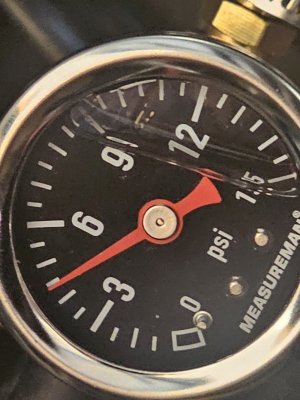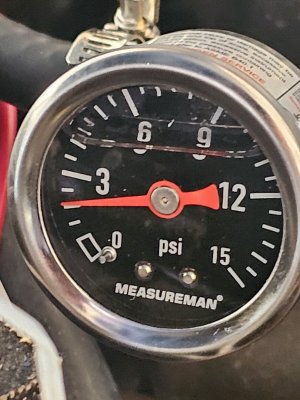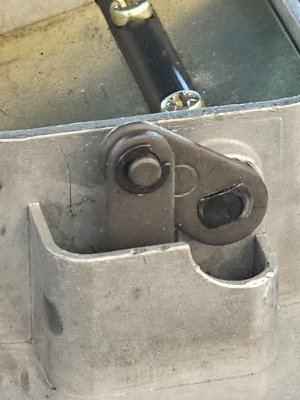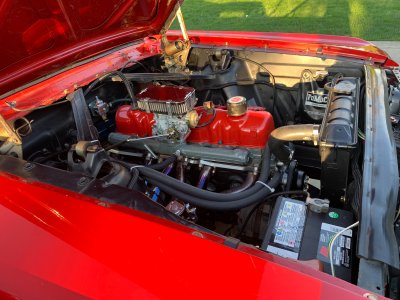Well that is too bad... I had pleasant thoughts of having fuel pumps rebuilt whenever it suited me and thwarting Chiner at the same time.They don’t do pumps crimped together
Is there ANY for the 6’s that are screwed together? ( just filling time till Wednesday)
That dream is dead now.




